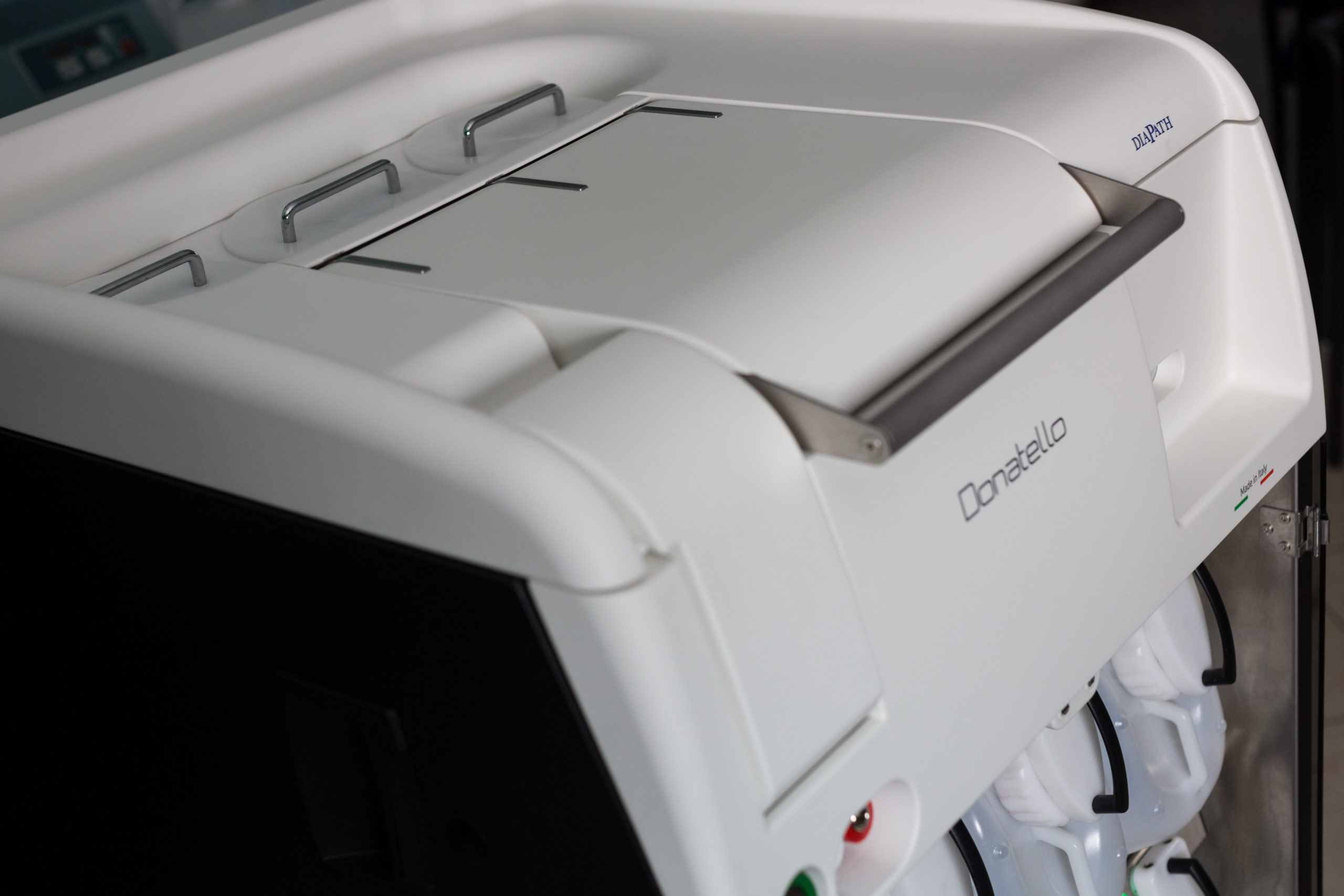
Phenotyping peanut cultivars with contrasting responses to pod rot pathogens
DESCRIPTION
Abstract
In recent years, soil-borne diseases including pod rot have become increasingly rampant with climate change, causing serious yield and quality losses to peanut.
Resistance breeding is considered an effective measure for pod rot management. Nine peanut cultivars with various degrees of resistance were used to study leaf/shell anatomical and shell biochemical features, main agronomic traits and leaf spot disease ratings in relation to pod rot score. All four anatomical features, viz., leaf palisade cell number, cell width, index and shell lignin staining area, were negatively correlated with peanut pod rot score at 0.01 levels. However, a robust association between shell lignin content and pod rot score was not established. Given the stable and strong correlation between these anatomical features and pod rot scores and high heritability estimates of these features, the pre-existing resistance may be identified even in the absence of disease.
This study provided useful selection indicators for screening for resistance to pod rot in peanut. Association analysis of peanut pod rot resistance is being carried out at our laboratory using several natural populations phenotyped in multiple environments. Particular attention will be paid to the relationship between resistance and these indicators from a genetic perspective.